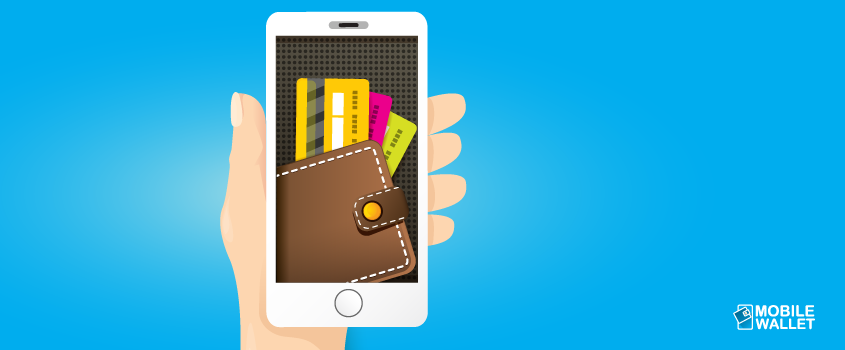republic onboarding
Internet Banking
-
Savings & Chequing
-
Savings Accounts
Growing up with a plan for tomorrow
For youths between the ages 13 to 19 years
Shape your future
Helps you to build your nest egg
Saves you time and money
The wise investment instrument
Earn more on your Foreign Accounts
Chequing Accounts
Bank FREE, easy and convenient
A world of convenience and flexibity
Invest and enjoy the best of both worlds
A value package designed for persons 60 +
Life Stage Packages
Banking on your terms
Getting married?
Tools & Guides
Make an informed decision using our calculators
Help choose the account that’s right for you
All Our Cheques Have A New Look!
-
-
Electronic Banking
-
EBS Products
Open a deposit account online
Pay bills and manage your accounts easily
Banking on the Go!
Welcome to the Cashless Experience
Top up your phone/friend’s phone or pay utility bills for FREE!
EBS Products
Make secure deposits and bill payments
Access your accounts easily and securely with the convenience of Chip and PIN technology and contactless transactions.
Access cash and manage your money
Where your change adds up
-
-
Credit cards
-
Credit Cards
Credit Cards
Additional Information
-
-
Prepaid Cards
-
Pre-paid Cards
-
-
Loans
-
overview
To take you through each stage of life, as we aim to assist you with the funds you need for the things you want to do
We make it easy to acquire financial assistance for tertiary education through the Higher Education Loan Programme
We make it easy, quick and affordable to buy the car of your dreams
Tools & Guides
Helps you determine the loan amount that you can afford
You can calculate your business’ potential borrowing repayments
Republic Bank's Group Life Insurance will provide relief to your family by repaying your outstanding mortgage, retail or credit card balance in the event of death or disablement.
-
-
Mortgages
-
Mortgage Centre
Republic Bank Limited can make your dream of a new home a quick and affordable reality
New Customers
Block for MM- new user mortgage process
There are three stages you must complete before owning your first home
Tools & Guides
block for MM - personal - mortgages
-
-
Investments
-
Investment Products
-
The Evolution of the Mobile Wallet
You are here
Home / The Evolution of the Mobile Wallet
In 2021, it’s hard to find someone who isn’t embracing and or loving smartphone technology. When you think about it, most people use their phones for everyday and everything. In fact, according datareportal.com there were 1.89 million mobile connections in Trinidad and Tobago in January 2020, a considerably higher number than the population which is around 1.4 million. Since digital wallet usage has been rising steadily over the last few years, many traditional retailers have upgraded payment systems to make it even more convenient for these early adopters to complete transactions quickly and securely. If you’ve been thinking about making the switch yourself, there are some great benefits you may be missing out on but before we get into that, let’s take a journey into the past.
What is a Mobile Wallet?
Digital wallets are apps or virtual storage compartments that allow you to digitally store payment card information on your phone. These virtual wallets also make it possible to complete transactions for both online and in-store payments using only your phone – no physical card necessary!
Since the beginning of man’s existence he has been dependent on a payment system to ensure goods and services were traded fairly. Back in 1997, Coca Cola introduced a few vending machines in Helsinki that allowed consumers to buy their drink through text message. At the time, this unconventional form of payment may have been overlooked, however, this is still regarded as the first example of mobile wallet and introduced the idea of using mobile devices for transactions. As time went on, mobile devices were used to buy movie tickets, arrange travel, and even order pizza. By 2003, about 95 million cell phone users had made a purchase using their mobile device. Google wallet was launched in 2011, making it the first major company to provide a mobile wallet to market. Fast forward to 2021 and the Global Mobile Payment Market report states that the market is expected to grow at an annual rate of 33% from 2019 to 2026, reaching $457.4 billion in 2026.
The Benefits of a Mobile Wallet
There are a number of reasons why you should have a mobile wallet. Most digital wallets allow you to set up multiple payment options, including both debit and credit cards. If you manage multiple accounts, this is a convenient way to keep your funds sorted out in a way that will help you reach your financial goals. Additionally and most importantly, since your cards are safe at home, digital wallets help eliminate the concern of your private information being stolen by credit card scanners or suspect cashiers. A trusted digital wallet will encrypt your transaction data, making it virtually impossible for criminals or hackers to steal. With the right mobile wallet, you can always be ready to step up and check out. Most tap transactions are processed in 2 seconds or less, whereas chip-card transactions can take upwards of 10 seconds to go through. It is also very helpful to brands who are utilizing e-commerce services. Through this, they know who is buying, and they can easily offer various payment options and have a full reporting available from advertising to direct marketing and sales, all virtually.
The Future of Payments
With the anomalous nature of COVID-19, contactless payments are even more appreciated. Based on recent research, the Blackhawk Network team has found that mobile wallet adoption in the U.S. jumped from 38 percent usage among consumers surveyed before the pandemic to 55 percent. This is astounding. Another major catalyst to this significant increase is the youngsters who are eager and ready to endorse a mobile wallet and to replace their leather wallet with an enhanced mobile one. This indeed is the future of payments; The Mobile Wallet.
COMPANY INFORMATION
Banking Segments
Press & Media
Contact Us
© 2025 Republic Bank Limited. All Rights reserved.







 Denyse Ramnarine
Denyse Ramnarine
